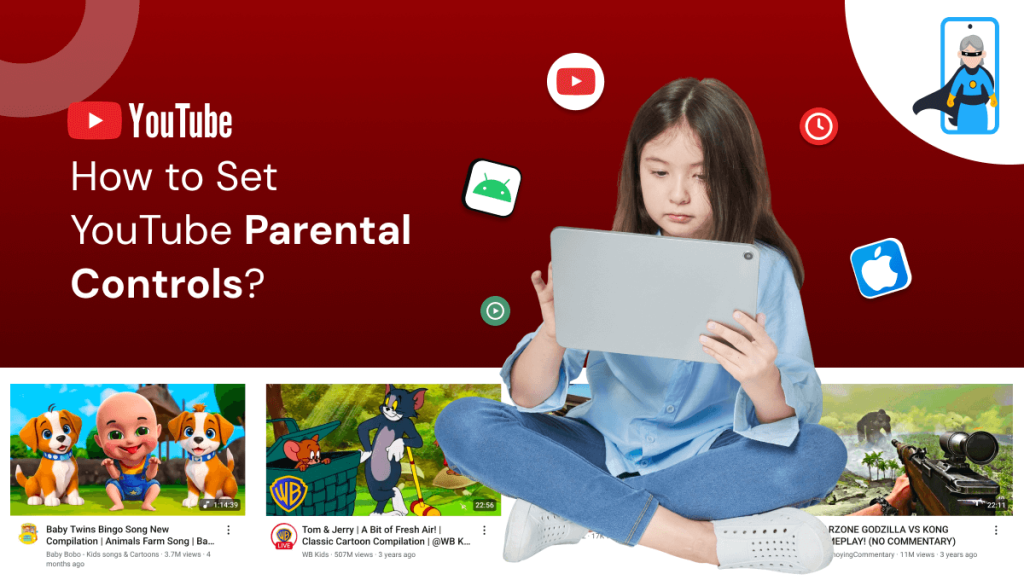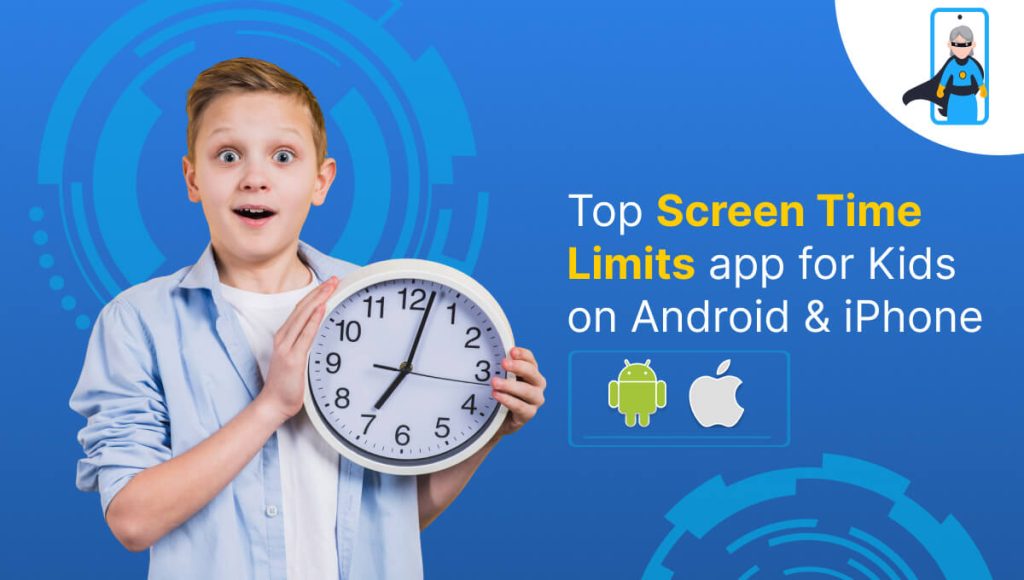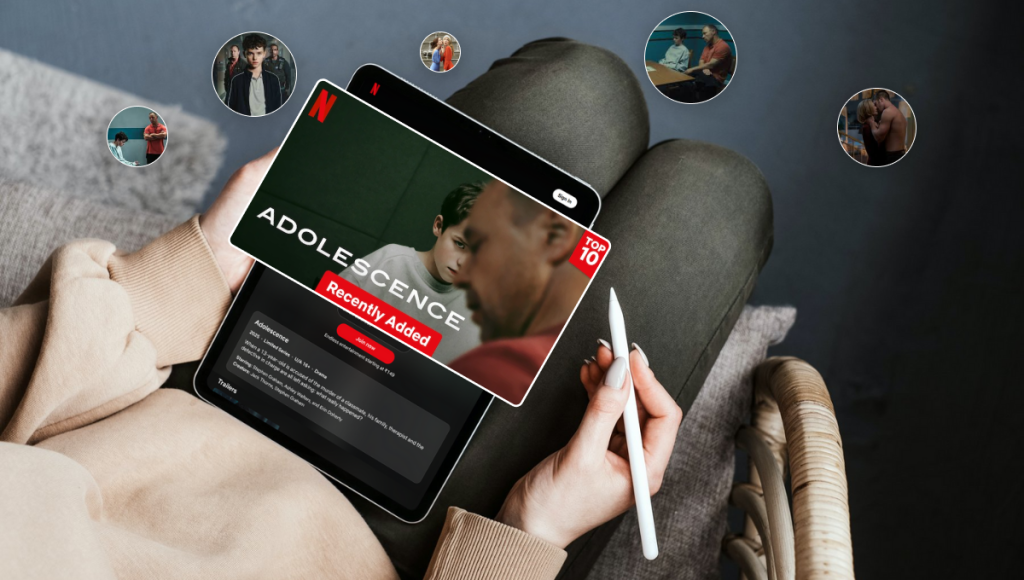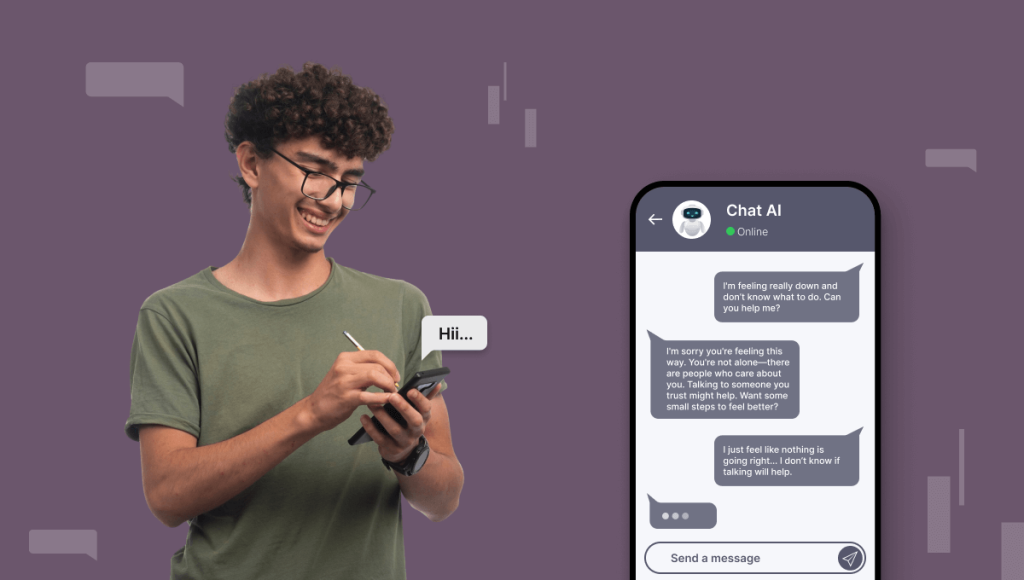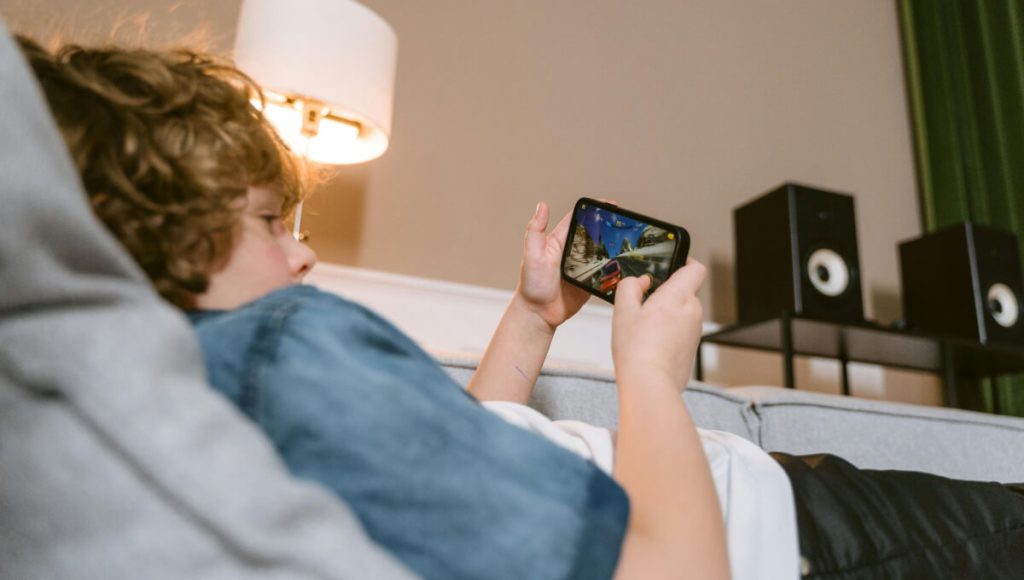
“Why is it so strict here? Dad lets me watch Netflix until I fall asleep.”
In today’s digital world, managing your child’s screen time is hard enough—but it becomes even more complicated when you’re co-parenting. When rules differ between two homes, kids can easily become confused or even manipulate the situation to their advantage.
If you’re co-parenting, you know this dance all too well.
” Parenting is hard…. Parenting apart is harder. “
Parenting apart in the digital age? That’s next level.
Today’s kids are raised in a world where screens are always on. From YouTube to Fortnite to TikTok, their digital life often feels more real than the one in front of them.
This blog explores how co-parents can work together to create unified screen time rules and build consistency across households. Whether you’re newly separated or have been co-parenting for years, these strategies will help you raise tech-smart kids with healthy digital habits.
Why Screen Time Boundaries Matter More in Co-Parenting
Children thrive on routine and consistency. When parenting rules differ between homes, especially regarding screen time, it can lead to:
- Confusion over what’s allowed
- Poor sleep and school performance
- Increased screen addiction risks
- Digital addiction
- Anxiety and emotional stress
- Increased parent-child conflicts
To give your child the best environment possible, co-parents need to be aligned on screen time expectations.
Step 1: Agree on a Unified Screen Time Policy
The first step is having an open, respectful discussion with your co-parent. Focus on your shared goals:
- Healthy digital behavior
- Balanced routine (homework, outdoor time, family interaction)
- Reduced dependency on screens
Create a mutually agreed policy that covers:
- Daily screen time limits (e.g., 1 hour on weekdays, 2 hours on weekends)
- Bedtime rules (no screens after 8 PM)
- App/game restrictions
- Educational vs. entertainment content
Tip: Use KidsNanny to enforce limits automatically and monitor screen usage from both homes.
Step 2: Set a Shared Screen Time Schedule
Kids need predictability. Establish a clear screen schedule across both homes:
| Day | Allowed Time | Notes |
| Weekdays | 5 PM – 6 PM | After homework |
| Saturday | 1 Hour | No screens at dinner |
| Sunday | 2 Hours Max | Family time encouraged & Devices off an hour before bed |
Keep it identical in both homes to avoid confusion.
Step 3: Use Parental Control Tools for Transparency (Technology to Manage Technology)
Trying to enforce rules across two homes without a tool? You’ll burn out fast.
That’s where KidsNanny helps:
- Set shared screen limits that apply no matter where your child is
- Block apps during study time or sleep hours
- Get real-time screen reports—so you’re not relying on “I wasn’t on my phone, I swear!”
- Coordinate across two homes without constant texting
It’s not about spying. It’s about parenting smarter—together.
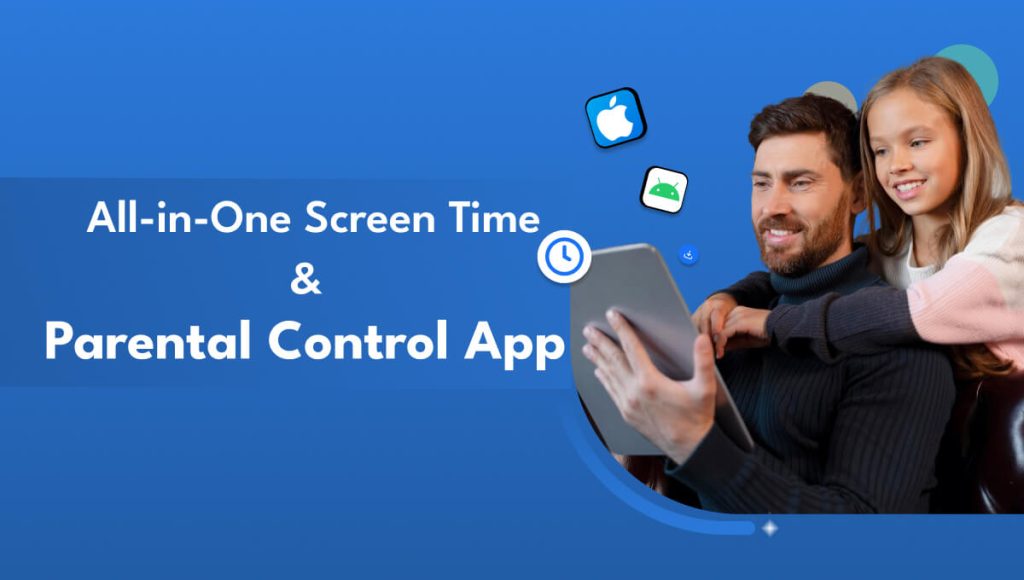
Step 4: Focus on Education, Not Just Restriction
Instead of just saying “no,” teach your child why screen time needs to be limited. Kids who understand the reasons are more likely to follow the rules.
Talk about:
- Effects of too much screen time (sleep issues, focus problems)
- Importance of offline activities (reading, sports, family time)
- Benefits of moderation and self-control
When both parents reinforce these lessons, it helps the child internalize healthier habits.
Step 5: Expect Change — And Check In
Kids grow. Interests change. One day it’s Minecraft, the next it’s Discord groups and YouTube creators you’ve never heard of.
Set a reminder to revisit the plan every 3–6 months.
Ask:
- “Is what we’re doing working?”
- “Are they using screens in healthy ways?”
- “Are school, sleep, and social time balanced?”
That one conversation can reset the course when things drift.
Why KidsNanny is Perfect for Co-Parenting Families
KidsNanny is designed with co-parents in mind. With shared access, remote controls, and customizable rules, both parents can:
- Shared dashboard access for both parents
- Monitor and manage screen time equally
- Create consistent routines
- Real-time alerts and daily reports
- App blocking and AI Powered content filtering
- Detect risky content (including on WhatsApp, YouTube & more)
- Support for Android, iPhone and cross-platform devices
Monitor their Screen time, App usage, Screen Scanner, Live location and more with KidsNanny.
Final Thoughts: Co-Parenting Can Still Mean Co-Guidance
Co-parenting doesn’t have to mean different parenting. By working together, you can give your child digital consistency that leads to better behavior, focus, and well-being.
With tools like KidsNanny AI Powered Parental Control App and strong communication, screen time becomes one less thing to argue about—and one more thing you can agree on.
